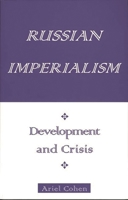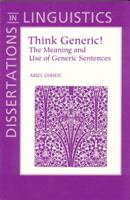Something Out of Nothing: the Semantics and Pragmatics of Implicit Quantification : The Semantics and Pragmatics of Implicit Quantification
Select Format
Select Condition 
Book Overview
Some sentences contain no overt quantifier, yet are interpreted quantificationally, e.g., Plumbers are available (entailing that some plumbers are available), or Plumbers are intelligent (whose entailment is less clear, but seems to be saying that a large number of plumbers are intelligent). Where does the quantifier come from? In this book, Ariel Cohen makes the novel proposal that the quantifier is not simply an empty category, but is generated by reinterpretations mechanisms, which are governed by well specified principles. He demonstrates how the puzzling and sometimes mysterious properties of such sentences can be naturally derived from the reinterpretation mechanisms that generate them. The resulting picture has substantial implications that language contains hidden elements, underlying its surface structure.
Format:Hardcover
Language:English
ISBN:9004431489
ISBN13:9789004431485
Release Date:July 2020
Publisher:Brill
Length:184 Pages
Weight:1.36 lbs.
Dimensions:0.6" x 6.1" x 9.3"
More by Ariel Cohen
Customer Reviews
5 customer ratings | 5 reviews
There are currently no reviews. Be the first to review this work.





























